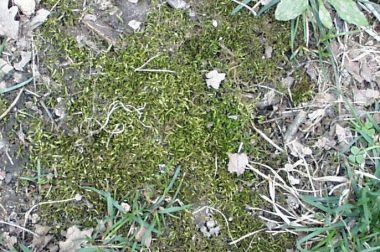
John Stier, UW-Madison Horticulture
Revised: 4/30/2010
Item number: XHT1114
What is moss? Mosses are primitive plants. They have small leaves that help make food from sunlight and carbon dioxide (i.e., they photosynthesize), and root-like structures called rhizoids that anchor the plant. Over 1000 species of moss are currently recognized.
Where can mosses grow? Most mosses prefer damp, shaded areas, but a few (e.g., the silvery thread moss) can tolerate dry conditions and are often found in sunny areas. Mosses can only develop in bare areas. They do not kill turf, but merely grow where turf is not living. Often the very conditions that result in loss of turf (poor drainage, shade) are ideal for mosses.
Where do mosses come from? Mosses thrive when conditions are moist. When a site becomes dry, mosses produce spores that are easily spread by wind. The spores can survive long periods in the soil and germinate under favorable conditions. Following germination, the moss may go through a slimy “mat-like” phase that looks like algae.
How do I remove or control the moss in my yard to encourage growth of turf? The most effective, long-term control for moss is to change the environment to make it less suitable for moss and more suitable for turfgrass. First, make sure the site has adequate drainage. Low-lying areas can be built up by adding soil. Adding a slope to the affected area can help drain water away. Compacted soils should be core aerated to loosen the soil and encourage drainage. Reduce irrigation time or frequency to allow the soil surface to dry. Have a soil test performed to ensure that your turf has adequate levels of nutrients such as phosphorus and potassium. Most turf grown in the shade requires less nitrogen than turf grown in full sun. Therefore, use a lower rate of nitrogen when you fertilize shaded turf (equal to about 1⁄2 lb nitrogen per 1000 square feet). Do not cut turf too short. Cut turf in shaded sites to between three and four inches. Plant turf species best adapted for shade such as a fine fescue, rough bluegrass, or supina bluegrass. Finally, if the site is excessively shaded you may want to consider pruning or removing surrounding shrubs, tree branches, or entire trees to increase air movement and sunlight. You can purchase products for moss control from garden centers and retail outlets. These products usually contain iron sulfate (FeSO4), potassium sulfate, or similar chemicals. Lime is usually not effective. The effects of these products are short-lived though, and long-term control requires changing the environment as described above.
Can’t I just spray a chemical? You can purchase products for moss control from garden centers and retail outlets. These products usually contain iron sulfate (FeSO4), potassium sulfate, or similar chemicals. Lime is usually not effective. The effects of these products are short-lived though, and long-term control requires changing the environment as described above.
Download Article





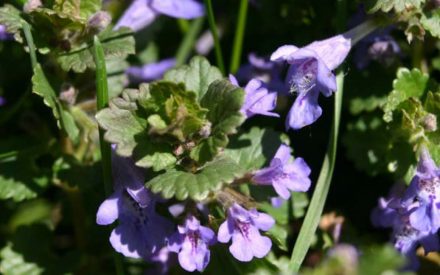 Creeping Charlie
Creeping Charlie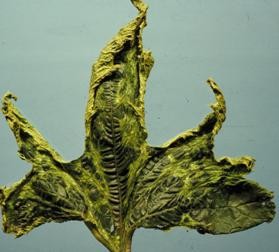 Herbicide Damage
Herbicide Damage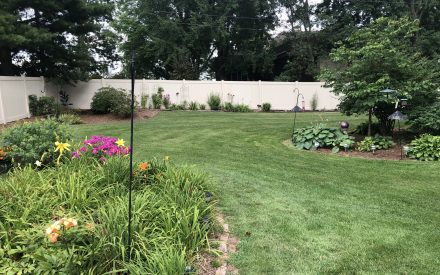 Wisconsin Lawn Care Calendar
Wisconsin Lawn Care Calendar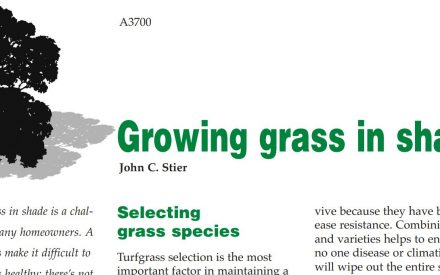 Growing Grass in Shade
Growing Grass in Shade


